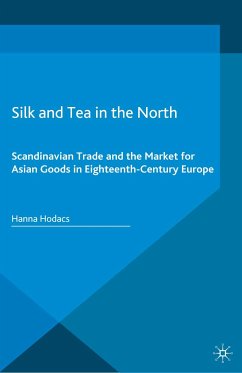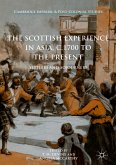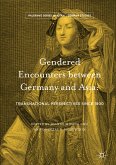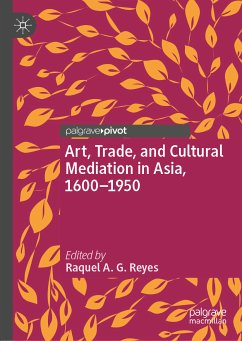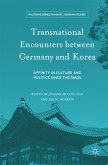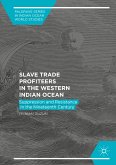Dieser Download kann aus rechtlichen Gründen nur mit Rechnungsadresse in A, B, BG, CY, CZ, D, DK, EW, E, FIN, F, GR, HR, H, IRL, I, LT, L, LR, M, NL, PL, P, R, S, SLO, SK ausgeliefert werden.
"Hodacs's study is fine piece of historical scholarship, which draws upon insights from material history, economic history, and to a lesser extent the history of science. ... Several illustrations and tables help readers find their way through the sometimes very dense but well-informed text, which sketches a rich canvas of European-Asian trade. By arguing for an integration of Scandinavia in histories of silk, tea, and other commodities,the study fills an important gap in historiography." (Andreas Weber, Journal of World History, Vol. 28 (1), March, 2017)
"This volume adds both substance and nuance to our understanding of global trade and the evolving material systems that emerged within Europe." (Beverly Lernire, Scandia, Vol. 83 (2), 2017)

